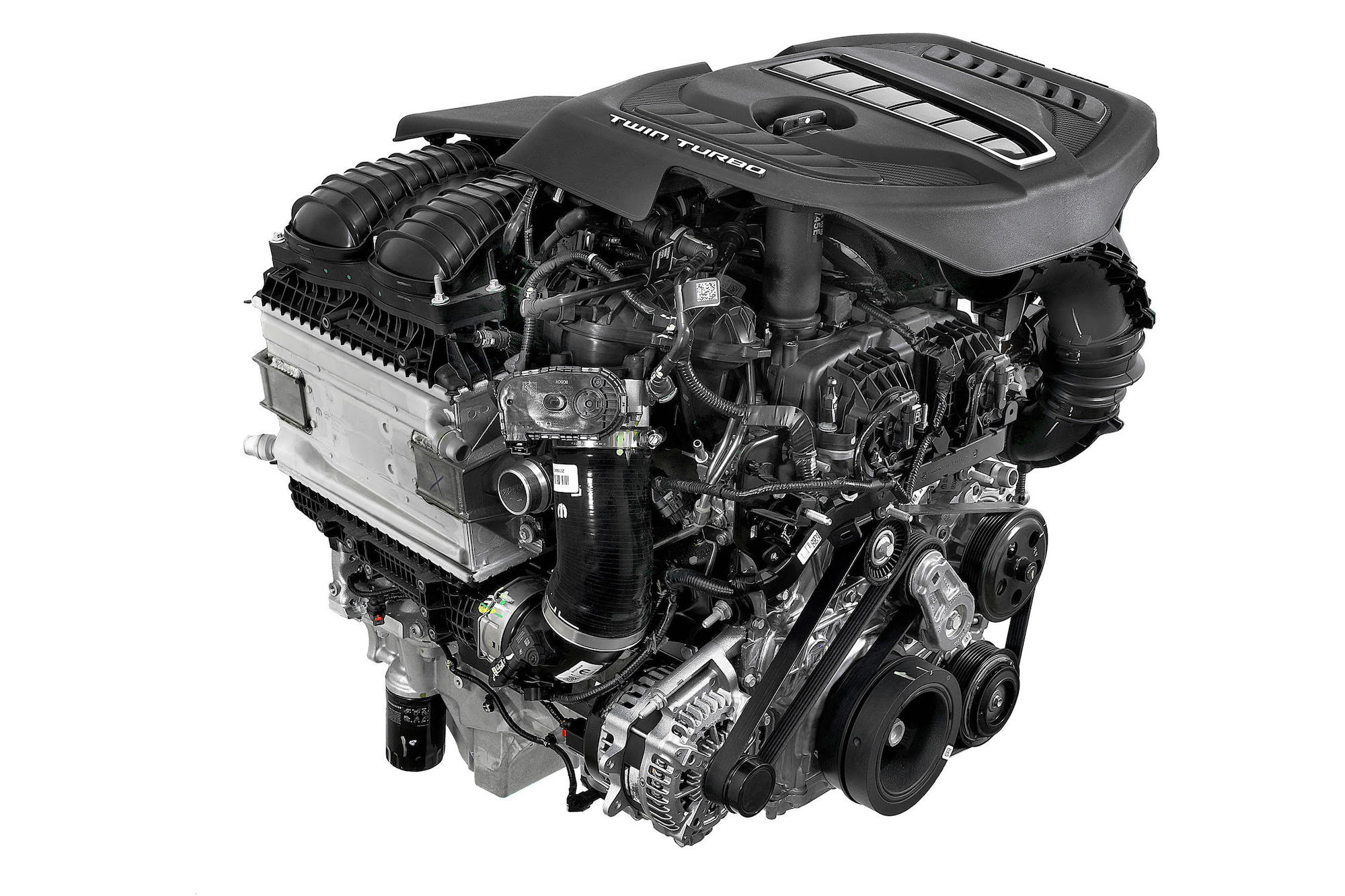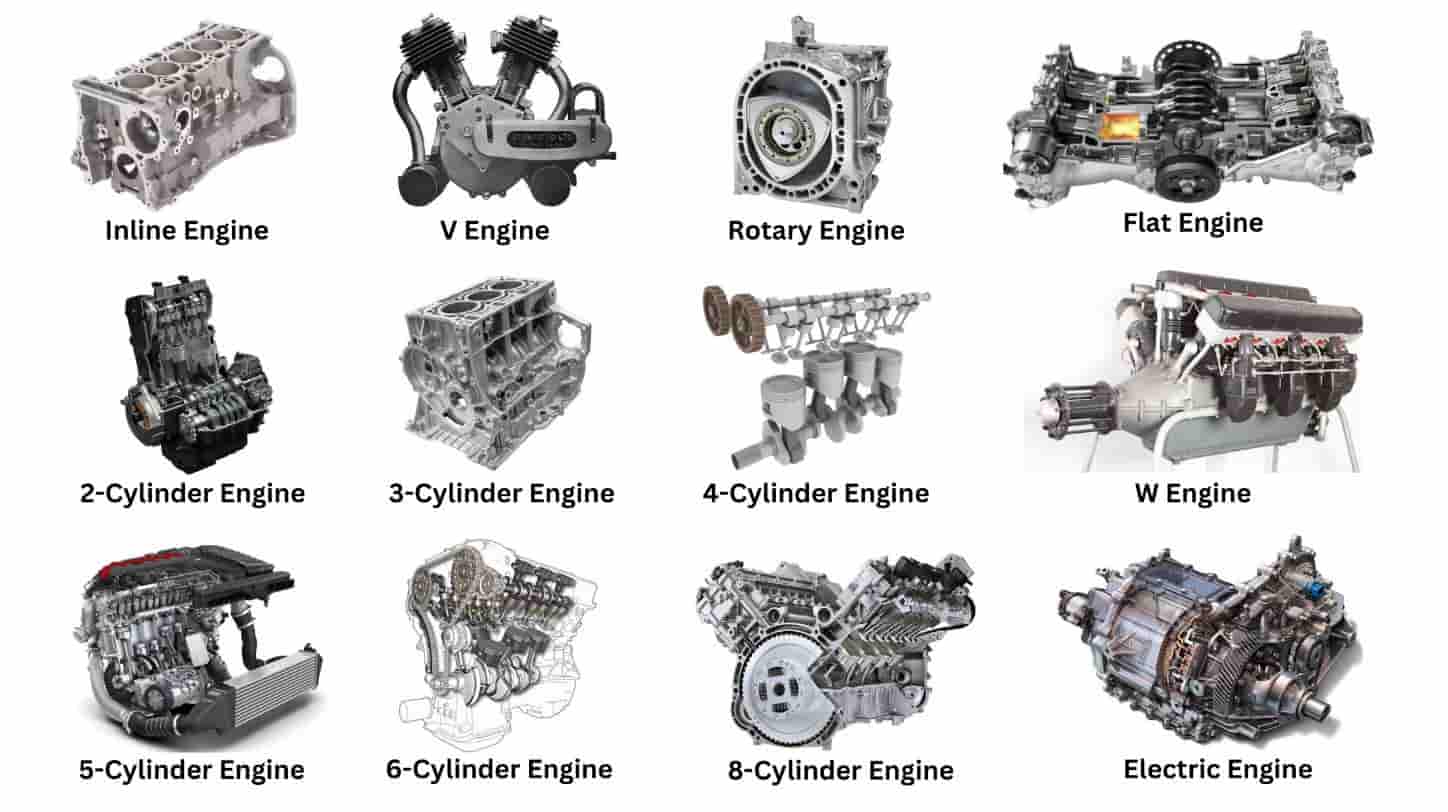Engines for Africa: Find Inexpensive and Reputable Car Parts Here!
Engines for Africa: Find Inexpensive and Reputable Car Parts Here!
Blog Article
The Quest for Ultimate Driving Power: Checking Out the Peak of Engine Performance and Technological Developments in the Automotive Industry
In the realm of vehicle design, the pursuit of maximum driving power has actually been an unrelenting pursuit that has actually unravelled with the evolution of engine style and the integration of cutting-edge modern technologies. From the careful craftsmanship of combustion engines to the quick improvements in electric propulsion systems, the auto field stands at the cusp of a brand-new era defined by unprecedented performance abilities.
Evolution of Engine Layout

Moreover, the assimilation of turbocharging and turbo charging technologies has actually changed engine design by improving power without considerably enhancing engine dimension. These forced induction systems compress the intake air, permitting more fuel to be ignited, consequently creating better power output from a smaller sized engine. This innovation has actually been especially crucial in improving the efficiency of smaller displacement engines while maintaining gas efficiency criteria.

Performance-Enhancing Fuel Technologies
The execution of sophisticated fuel innovations has actually substantially added to boosting engine efficiency in modern cars. From typical fuel and diesel to innovative biofuels, artificial gas, and hydrogen, the automobile sector is observing a transformation in gas alternatives. Biofuels, originated from eco-friendly sources like sugarcane, algae, or corn, offer decreased emissions and enhanced engine efficiency. Synthetic fuels, generated through chemical procedures, provide high octane scores, improving power outcome. Hydrogen gas cells, although still in the very early phases of fostering, show excellent pledge due to their zero-emission nature and possibility for high performance. Furthermore, fuel ingredients and cleaning agents are being formulated to clean engine components, enhance combustion, and reduce rubbing, thereby enhancing total automobile performance. With recurring research and advancement, the mission for the best driving power continues, as designers make every effort to unlock the full potential of performance-enhancing gas modern technologies in the automotive market.
Advancements in Electric Propulsion
Substantial strides in electric propulsion technology have transformed the vehicle industry, leading the way for a new age of reliable and sustainable transport. Electric lorries (EVs) are gaining popularity as a result of their environmental benefits and innovations in battery modern technology, allowing longer driving ranges and shorter charging times. Makers are spending heavily in research study and development to improve the efficiency of electric propulsion systems, focusing on enhancing power outcome, boosting energy performance, and reducing general weight.
One notable innovation in electric propulsion is the development of sophisticated electrical motors that deliver greater torque and power index density, leading to improved velocity and total driving performance. Furthermore, regenerative stopping systems have actually been fine-tuned to keep and record energy during slowdown, more enhancing the performance of EVs.
Furthermore, the assimilation of wise innovations, such as expert system and predictive analytics, is enhancing the monitoring of electric propulsion systems, guaranteeing optimal efficiency under numerous driving conditions. These advancements in electric propulsion are reshaping the vehicle landscape, driving the market in the direction of a more lasting and amazed future.
Impact of Computational Fluid Dynamics
With improvements in electric propulsion pressing the limits of automotive technology, the integration of Computational Fluid Dynamics is playing a critical function in enhancing wind resistant efficiency and boosting overall effectiveness in car design. Computational Fluid Dynamics (CFD) entails the use of computer simulations to evaluate the circulation of air around an automobile, making it possible for designers to predict exactly how design modifications will impact aerodynamics without the demand for costly physical prototypes. By accurately modeling airflow patterns, CFD permits the refinement of lorry shapes to reduce drag, enhance cooling, and improve stability.
CFD makes it possible for engineers to enhance air flow around parts such as radiators, engine bays, and wheel wells, contributing to boosted efficiency and general driving experience. In final thought, the combination of Computational Liquid Characteristics represents a considerable action forward in the pursuit for ultimate driving power and performance in the vehicle industry.
Future Patterns in Engine Advancement
In the dynamic landscape of automobile engineering, cutting-edge developments are shaping the future trajectory of engine development. The future of engine design is noted by a strong focus on efficiency, efficiency, and sustainability. Manufacturers are increasingly concentrating on developing engines that not only provide high power results however additionally prioritize ecological responsibility by minimizing emissions and boosting gas efficiency.
One noticeable trend in engine development is the increase of electrification. Hybrid and electrical powertrains are getting traction as viable alternatives to conventional burning engines. These innovations supply the potential for substantial decreases in carbon discharges and raised power efficiency, aligning with international efforts to fight environment change.
Moreover, innovations in materials science and manufacturing methods are making it possible for the manufacturing of lighter and extra durable engine parts. This shift in the direction of lightweight products look at here such as carbon fiber and light weight aluminum alloys adds to improved performance and gas economy.
Verdict
To conclude, the search of ultimate driving power in the automotive field continues to drive advancements in engine style, fuel modern technologies, electric propulsion, and computational liquid dynamics. The evolution of these technologies is shaping the future of engine development, paving the method for more powerful and reliable lorries (engines for africa). As the sector continues to push the borders of what is feasible, we can anticipate to see a lot more cutting-edge advancements in the quest for peak performance
One of the key milestones in engine style development is the transition from conventional carbureted engines to modern-day fuel-injected systems. By exactly metering the fuel delivery to each cylinder, fuel-injected engines enhance burning, resulting in far better efficiency and decreased ecological impact.
In addition, the integration of turbocharging and supercharging technologies has actually revolutionized engine design by increasing power without significantly boosting engine size (engines for africa).The execution of innovative fuel innovations has actually dramatically description contributed to boosting engine efficiency in modern-day lorries. Additionally, gas ingredients and cleaning agents are being created to tidy engine elements, optimize combustion, and lower rubbing, therefore enhancing overall lorry efficiency
Report this page